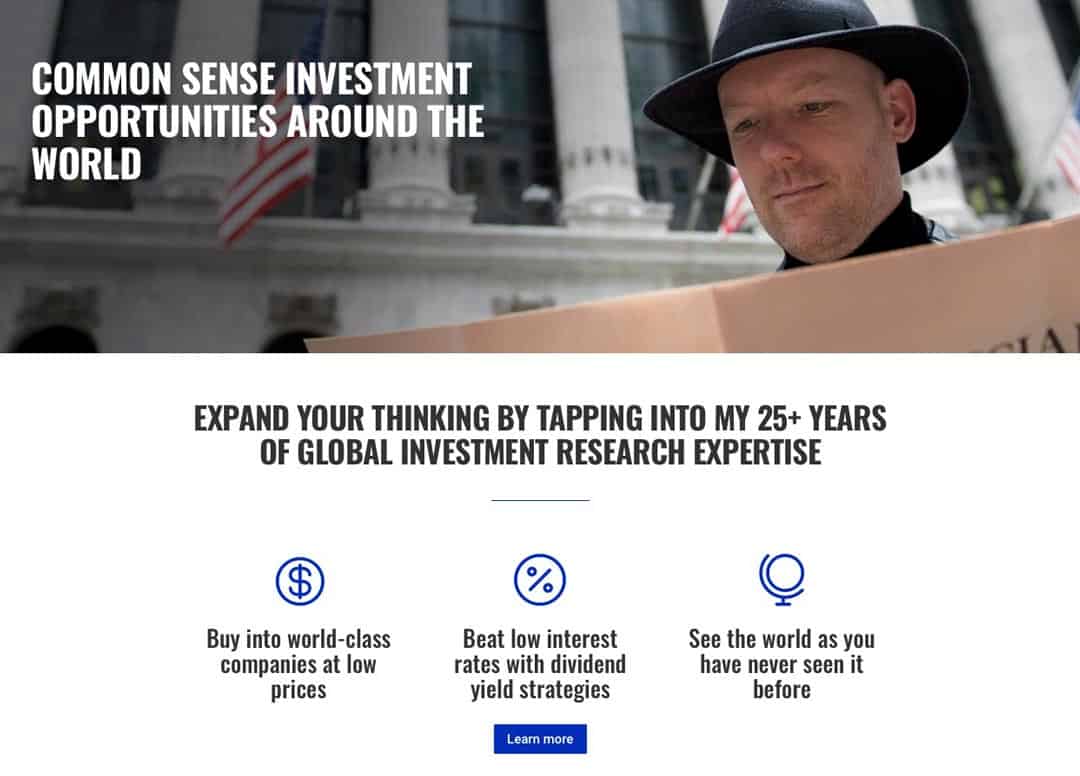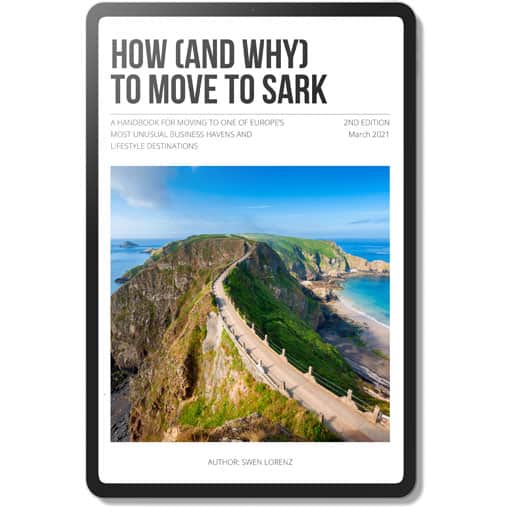Are you planning a crowdfunding campaign for your company? You could do worse than learn from Money Dashboard’s experience.
The Edinburgh-based money app used crowdfunding to raise GBP 1.4m and GBP 4.6m, respectively, within 18 months. The second fundraise also involved some institutional funds signed upfront; however, the majority of these rounds were provided by nearly 5,000 investors from Crowdcube. Notably, the second fundraising round was the largest fintech fundraise that had been done on Crowdcube up to that point.
Evidently, the company’s management did something right.
There are lots of articles about Money Dashboard’s successful fundraising. However, I didn’t find any report that analysed the concrete steps the company took to succeed in its crowdfunding ambitions.
At a TableCrowd dinner in London, I had the opportunity to listen to the company’s CEO, Steve Tigar, and Crowdcube’s business development manager, Jules Buker.
The following are the notes I took on how Steve and his team managed to utilise crowdfunding (and work with their counterparts at Crowdcube) to make their company achieve a real leap forward. (These speakers usually have no idea that I am taking notes with regards to writing an article, however, I usually give them an advance copy of the article to double-check that I am not misquoting them.)
1. Find a way to “anchor” your pitch
No one wants to be the first to stick their toes into the water.
In an ideal world, you should only start your crowdfunding campaign (or any other public fundraising campaign) if you already have soft commitments for 50% of the aimed-for amount.
Money Dashboard went into its first crowdfunding round with just 10% committed. The campaign still succeeded, but it was a stressful affair, and it could have failed.
How to get to those initial 50% of soft commitments?
- Speak to your existing users and super users (see point 5).
- Approach friends, family, and existing investors.
- Try to find an institutional anchor investor.
A four-week crowdfunding campaign will see the most action during weeks #1 and #4. If you don’t have significant upfront interest, then week #1 can easily fail which in turn is likely to set you on a path of overall failure.
Obviously, a significant variable is the size of your aimed-for fundraise. If you don’t have a sufficient anchor interest, consider a smaller round to play it safe. As Jules told me, crowdfunding on Crowdcube can be done for rounds as low as GBP 50k (although this is pushing it, given the enormous amount of prep work needed; I’d question if anything less than GBP 200k is really worth the effort). After all, nothing prevents you from going back to the market later.
As Steve put it, a successful crowdfunding campaign “also gets you on the radar of larger funders.”
In the case of his firm, he entered the second crowdfunding campaign with GBP 2m already committed by institutional investors. The company then raised GBP 1.5m within the first 45 minutes of the public launch campaign! That’s the power of having anchor investors.
2. Be prepared to paddle 24/7 throughout the campaign
Money Dashboard’s crowdfunding campaign required Steve to spend 50h a week just on the fundraising, and for the entire four-week duration of the campaign. He had to stay on it for seven days a week: “You have to paddle really hard and fast.”
As Steve put it, a successful crowdfunding campaign “also gets you on the radar of larger funders.”
His team received 1,000 private requests for additional information.
“Most were really good questions. You need to be really quick. You have to respond quickly and not give away too much. … It is a huge time commitment you need to be prepared for.”
3. Aim to achieve maximum authenticity in your campaign
Some companies think they can outsource parts of their crowdfunding campaign to service providers, e.g., have someone else answer all the questions that come in from prospective investors.
In Steve’s view, it takes as much time to teach the right answers to an agency than to handle this activity yourself.
Crucially, by handling it yourself, you give off a much higher degree of authenticity. Given that investors invest in people, first and foremost, it is pretty evident which strategy is superior.
Money Dashboard prepared an internal FAQ guide with mock questions, which worked well for ensuring the team was able to reply to everything quickly.

Looking for clever ways to invest your hard-earned cash?
Head over to my investment website Undervalued-Shares.com for common sense investment opportunities from around the world. Ideas that you won’t find anywhere else!
4. Prepare a comms guide for the duration of the campaign
“We had a communications schedule to communicate good news on the business throughout the campaign.” E.g., Money Dashboard launched lots of product updates in weeks #2 and #3. By putting out lots of news during the slower middle-part of the campaign, Money Dashboard prepared the ground for harvesting lots of interest during the crucial final week.
5. Warm up your list ahead of the campaign
“In the months leading up to the round, we warmed up the list.” “We segmented the list. Who are the super users? We ran AMA sessions, Ask Me Anything.” The company also ran webinars that helped prepare the ground for the upcoming fundraise. Money Dashboard sent its users a note that offered to add the launch of the fundraise to their calendar. 1,000 users made use of that offer!
6. Think about how to create “FOMO” during the final stage
Fundraising is all about momentum. The final week of a campaign offers unique opportunities in this regard. Few things are as powerful in fundraising as Fear Of Missing Out (“FOMO”). Money Dashboard created FOMO by informing its prospective funders that it was considering to close the round early. In the end, the company did decide to close the round early, but with everyone getting 24h notice. It requires real communication skill and a certain gut feeling to know when you can pull off such a stunt. But if done right, it can produce outstanding results. Money Dashboard had started its first campaign with just 10% of the aimed-for fundraise of GBP 1m committed. It ended with GBP 1.4m in funding, i.e., it was 40% overfunded. This is what successful momentum can achieve if done right.
7. Create a plan for using your funders as ambassadors
During the first crowdfunding round, Money Dashboard received funding from over 1,000 investors. The second round saw funding from nearly 4,000 investors (the precise figures differ depending on the source). There was a significant overlap between existing Money Dashboard users and Crowdcube users. A substantial number of users who previously only used one of the two platforms then ended up using both.
Few things are as powerful in fundraising as Fear Of Missing Out (“FOMO”).
Money Dashboard eventually established that 60% of its new investors had been active users before. Anyone who is both a shareholder and user of the platform can be a powerful ambassador for the company. Money Dashboard now taps into their particularly keen interest by inviting them to beta test new features. The company makes an effort to communicate regularly with those users, which produces outsized returns on several levels.
“If you fail to prepare, you prepare to fail”
The points Steve listed tie in with a lot of the other articles I published about fundraising, as well as my eBook: “10 reasons why your fundraising will fail“. Steve’s company also worked some real magic on user growth, and currently stands at 500,000 app downloads with 200,000 active users. The company achieved all this against many odds. When looking at their success, keep in mind that Money Dashboard has already been around since 2009. Much as this now seems like an “overnight success”, it was all based on years of gruelling work However, if they can do it, so can you! You’ve now got a set of instructions for pulling off similar feats, so what is stopping you?
If you enjoyed this article, you might also like:
Want to print this article? Open a printer friendly version.
Did you find this article useful and enjoyable? If you want to read my next articles right when they come out, please sign up to my email list.
Share this post:


